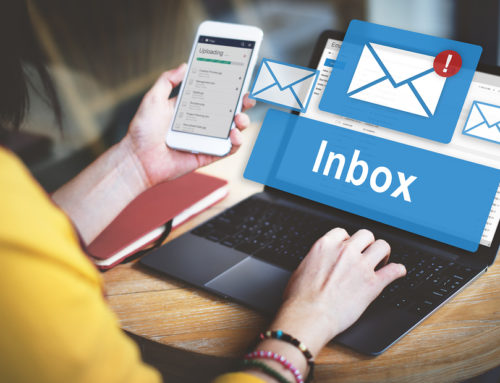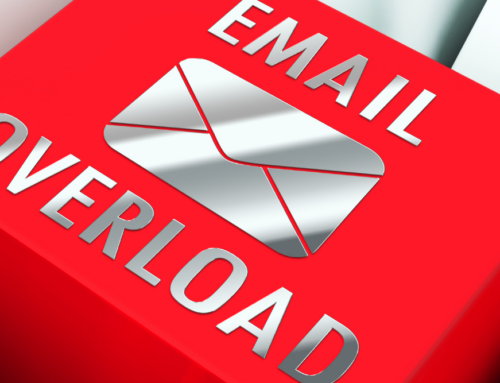
John Killoran
John Killoran, CEO of @Pay, guest posts for us today on making sure you have a plan to cultivate relationships with your mobile donors. ~Kristina
Guest Post by John Killoran
With mobile donations becoming one of the most popular ways for donors to give, your nonprofit has to take a slightly different approach if you want to engage your mobile donors effectively.
Your mobile donors are seeking content that is concise and easy to read on their mobile phones. With that said, here are five strategies to help you:
- Use text messaging to communicate with donors.
- Don’t forget about email.
- Share, comment, and like your donors’ posts on social media.
- Segment donors to create more personal interactions.
- Create a communication plan.
Let’s get started.
Strategy #1: Use text messaging to communicate with donors.

If your nonprofit isn’t using text messaging to interact with your mobile donors, then you’re missing out.
With mobile donors, you’ve already established that their preferred method of giving is through mobile donations, whether that’s text-to-give, mobile applications, or mobile-responsive donation forms.
Text messaging offers nonprofits a way to communicate with donors because it’s immediate and often encourages donors to respond.
Your nonprofit should get creative with the types of content you send. For example, you could send donors texts:
- About upcoming fundraising events.
- Featuring updates on your nonprofit’s projects.
- With mini-quizzes on topics related to your cause.
- Including videos and images of the people and communities you serve.
The bottom line: Text messaging is an immediate way to interact with your mobile donors using their preferred communication method.
Strategy #2: Don’t forget about email

While texting is popular, email is still a good way to communicate with mobile donors.
Mobile donors will be looking for the lengthier content that shouldn’t and/or can’t be sent through a text message.
For example, some content like church newsletters, are just better suited for email communications, even if you’re trying to engage mobile donors. Message recipients are more likely to read the information in an email rather than through bursts of text messages.
Reading email on a mobile phone is a different experience than reading it on a computer. Mobile donors likely only have a short amount of time before they have to switch their attention to something else.
To get donors to read your email, make your correspondence concise and able to stand out in the sea of unread emails on a donor’s phone. A unique subject will leave donors curious about what’s inside, and an engaging opening sentence will be what keeps them reading.
The bottom line: When it comes to engaging mobile donors, your nonprofit should mix up your communication methods and recognize that email is still a compelling choice.
Strategy #3: Share, comment, and like your donors’ posts on social media.

Thanks to the rise of social media apps, most of your donors are likely checking their various accounts using their smartphones.
What does that mean for you? Social media interaction is quickly becoming a priority for mobile donor outreach.
Because mobile apps make social channels so accessible, you should focus on more than posting your own content. You should be sharing your donors’ content as well. Engage your mobile donors in a true social media dialogue.
For example, imagine a donor mentions making a gift to your nonprofit on their Facebook page. Your nonprofit should like and share the donor’s post as a quick and public way to acknowledge that donor’s support.
Additionally, your nonprofit can encourage donors to talk with you by:
- Asking questions to entice donors to respond.
- Commenting on your donors’ posts.
- Sharing news related to your cause.
Also, be sure to share and post content with lots of images — properly sized visuals stand out more on mobile phones.
The bottom line: When your nonprofit gets active on social media, you can communicate with donors in a way that’s familiar to the donor.
Strategy #4: Segment donors to create more personalized interactions.

While personalized communication with each donor makes for real, long-lasting relationships, it just isn’t realistic.
Luckily, there is a way to create a more personalized experience without making the process too time-consuming. The answer? Donor segmentation.
The information on your mobile donors is sitting in your nonprofit CRM, and it can be used to create more personalized communications.
Mobile donors, even more so than your other supporters, are expecting convenient and quick interactions. If you’re providing them with information that isn’t relevant, your donors aren’t going to read it.
When you segment your donors, you have a better understanding of each group’s interests and donor status. With this information, you can create more personalized content, which means donors are more likely to read it.
The bottom line: Mobile donors have a lot of content competing for their attention. By segmenting your donors you can give them the most relevant content, raising your chances of getting read.
Strategy #5: Create a communication plan.

Your nonprofit probably creates a plan every time you start a fundraising campaign. You also need a plan when you want to engage with your mobile donors. When you create a communication plan, you’re effectively scheduling every piece of communication you send out.
Your mobile donors are expecting content that’s immediate and in the moment. If you don’t have a plan in place, the messages you send out might be sporadic or not timely enough.
Since mobile communication tends to be more immediate, unexpected things will pop up that you want to share. A communication plan lets you see what content can be moved around to make room for the new message.
To create a plan:
- Establish your goals.
- Decide how often you want to communicate.
- Create a calendar that details every post, text message, or email.
The bottom line: Sending messages to your mobile donors needs to be quick and immediate. A communication plan helps you prepare for the unexpected.
Hopefully, these strategies help you build better relationships with your mobile donors. Get creative with the different ways you communicate with donors if you want them to become long-time supporters.
John Killoran is CEO of @Pay, an exciting new fundraising technology that makes it easy for people to donate in two clicks from text, email, web and social media sites. John pioneered SMTP payments and has been a major innovator in the mobile payments space for the past 5 years. When he is not running a company, he is cooking food for his family and telling his dogs to stop barking.





